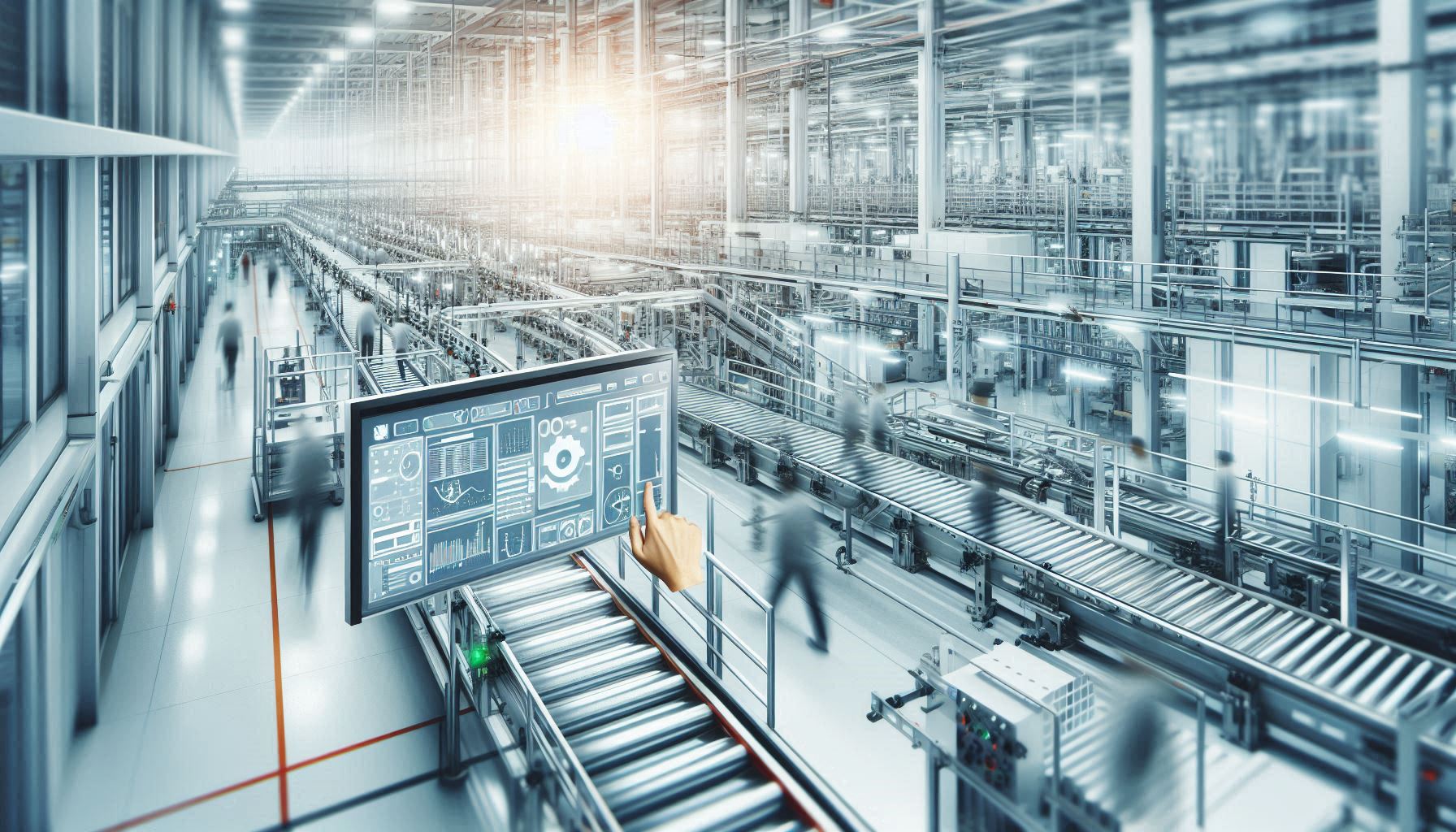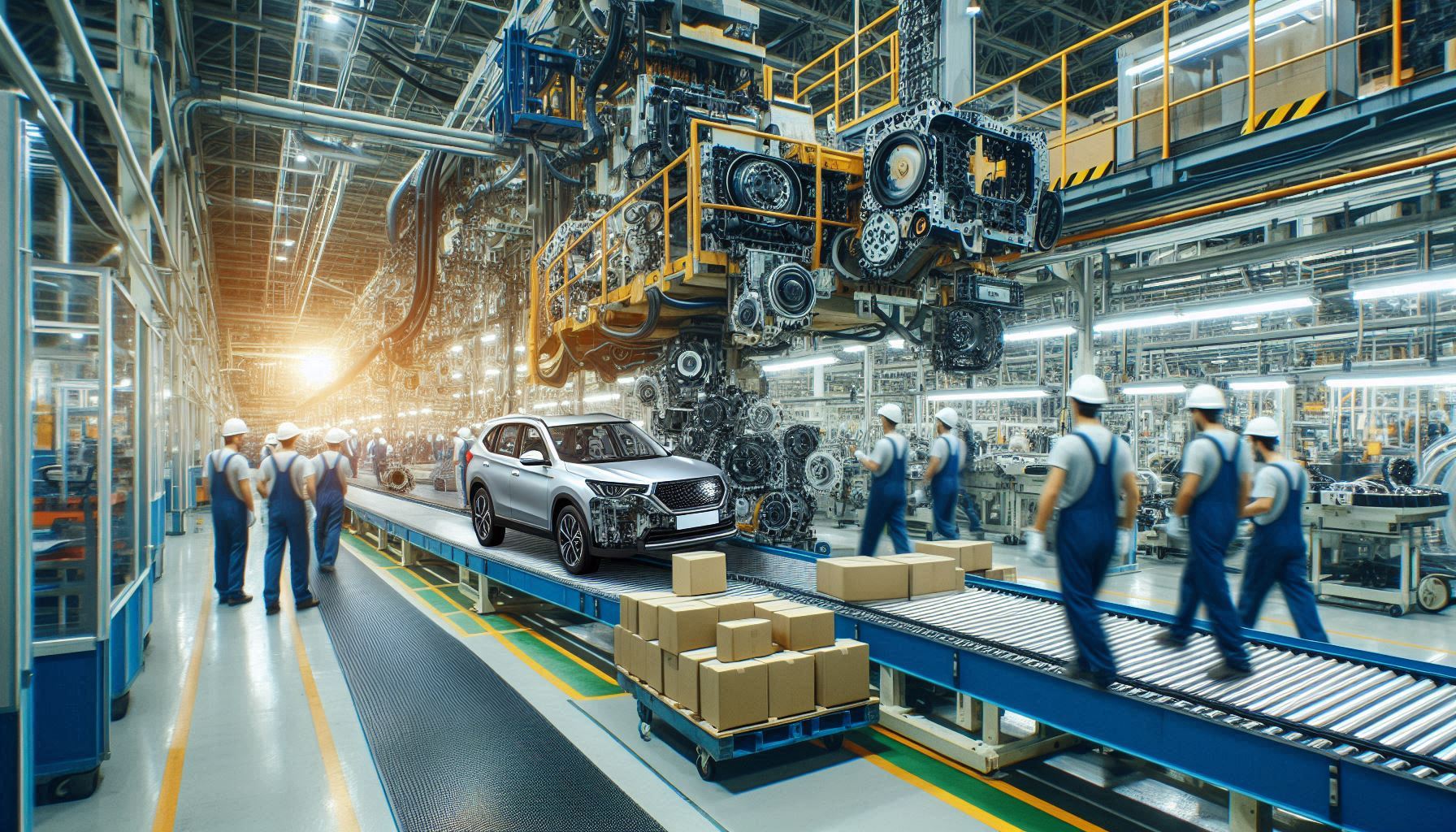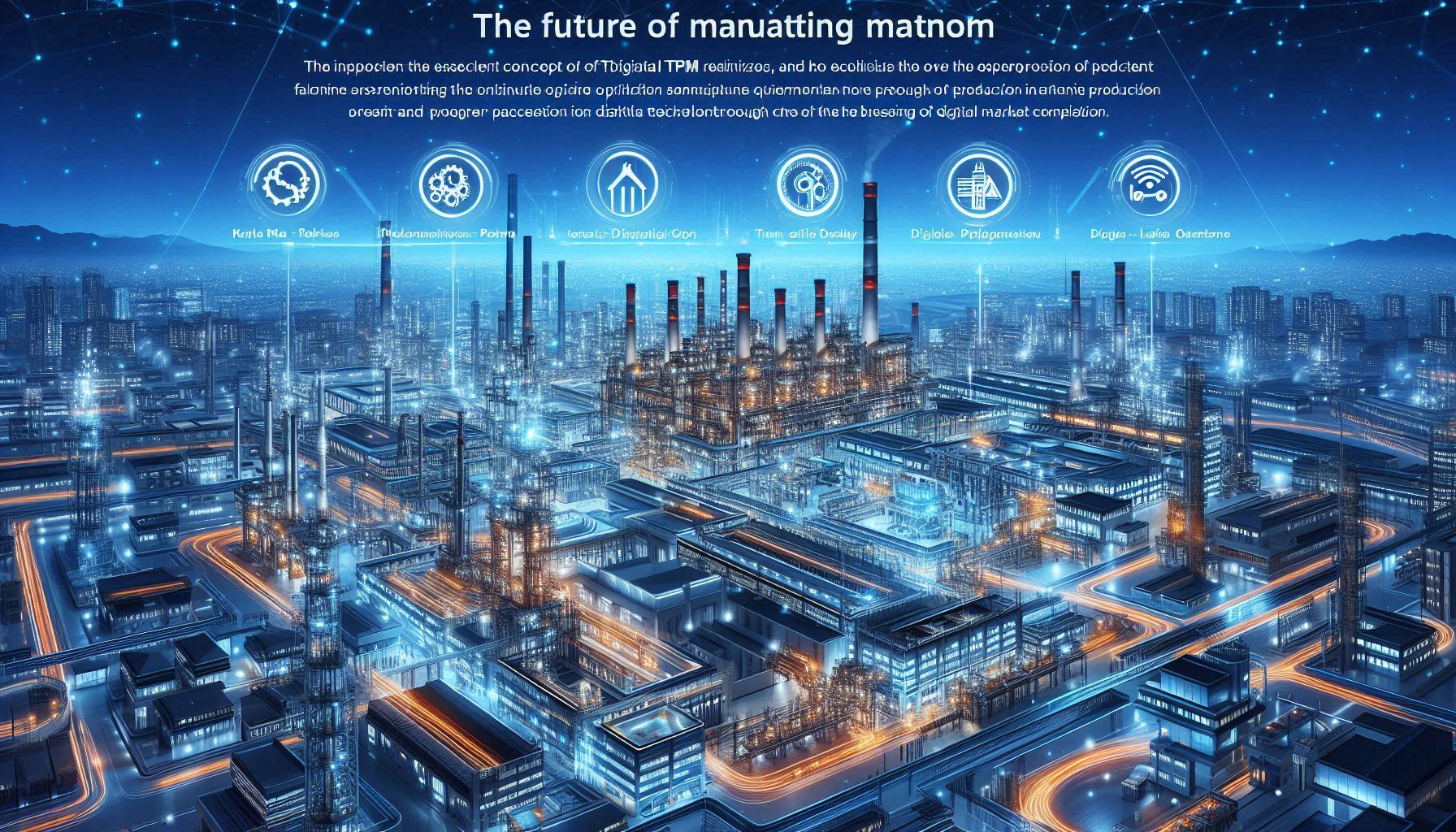What exactly is a digital factory? At its core, a digital factory is a facility that operates without the use of paper. This concept is a fundamental aspect of the Fourth Industrial Revolution, which centers on the digitization of manufacturing processes. When the Germans developed the Industry 4.0 standard, their primary objective was to eliminate paper, marking a significant shift in industrial practices.

The digital factory operates on the principle that human interaction is limited to interfacing with equipment, while equipment interacts directly with other equipment, and human input is primarily consumed through software. The value of a digital factory lies in the reduction of errors, as data is sourced directly from the truth—the equipment itself. This equipment holds all necessary information, such as what was produced, when it was produced, and how efficiently it was produced. These are the critical details that matter.
Enterprise Resource Planning (ERP) systems manage all scheduling, determining what should be running at any given time. However, this information is often conveyed to the plant floor through paper and manual processes, which are prone to human error. When the schedule in the ERP system is not integrated with the operations on the floor—referred to as Operational Technology (OT)—the accuracy of the schedule relies heavily on the individual with the most knowledge of the floor’s activities. By utilizing Industrial Internet of Things (IIoT) protocols in a digital factory, scheduling becomes reliant on real-time data from equipment, enabling algorithm-driven updates without the need for human intervention. Thus, the digital factory eliminates the need for paper.

A digital factory is characterized by a fully connected stack. This means that all equipment is integrated with SCADA (Supervisory Control and Data Acquisition), MES (Manufacturing Execution System), ERP, and cloud-based analytics, without any reliance on paper. In a digital factory, decisions are made based on real-time metrics rather than outdated reports. Supervisors no longer rely on data from previous days but instead make informed decisions using live data that encompasses not only SCADA metrics but also scheduling information, new orders, and urgent production needs.
For instance, factors like currency exchange rates, current weather conditions, and shipping logistics can all be accounted for in real-time. Consider a scenario where a shipment is scheduled from Dallas to Lincoln, Nebraska, and a major snowstorm is expected in Kansas and Oklahoma. Instead of assuming optimal weather conditions, the system can adjust the shipping lead time from four days to eight days. This is the power of real-time data analytics enabled by IIoT.
Another crucial aspect of a digital factory is big data analytics, which goes beyond predictive maintenance. It encompasses machine learning, where real-time analytics leverage both current and historical data. Industries like oil and gas have excelled in this area by collecting decades of data, such as tubing and casing pressures, and combining it with maintenance records and operator insights to predict potential failures. Although we are still developing algorithms capable of fully analyzing such vast datasets, the goal is to have cloud-based programs that can process historical data and predict future issues based on past learnings. This is what big data analytics entails.
In summary, a digital factory eliminates paper, connects every layer of the manufacturing stack—from ERP and MES to SCADA, PLC (Programmable Logic Controller), HMI (Human-Machine Interface), and the cloud—and employs real-time metrics and big data analytics.
What a digital factory is not: it is not an Andon board. Contrary to some beliefs, a digital factory does not replace people with machines. In the United States, the idea of a digital factory often causes concern among workers, who fear job loss due to automation. However, an Andon board, which is essentially a visual display or stack light that indicates operational status (e.g., green for normal operation, yellow for warning, and red for issues), is not the essence of a digital factory.
A digital factory is more than just a digital schedule, mobile notifications, or alarm management systems. It encompasses these elements and much more. But at its foundation, it is about eliminating paper, creating a connected stack, utilizing real-time metrics, and applying big data analytics.
When people hear the term ‘digital factory,’ they may worry about losing their jobs, but this is a misunderstanding of its purpose. Rather than eliminating jobs, a digital factory creates higher-paying roles by automating routine tasks, allowing employees to focus on more strategic, data-driven activities.

Consider a manufacturing manager who currently produces five million units annually. The reason they are not producing ten million is not due to a lack of demand but rather limited capacity. Expanding capacity could involve significant investments in new facilities or improving the efficiency of existing ones. When workers hear about digital factories and fear automation, they are viewing the concept from the wrong perspective. The digital factory is about empowering workers to perform higher-value tasks that improve overall operational efficiency.
Start Now! Improve Order Delivery Efficiency Immediately!
Contact us and explore order delivery efficiency improvement with LinkedData digital transformation experts.
Request a Demo
 0510-8521 1230
0510-8521 1230



